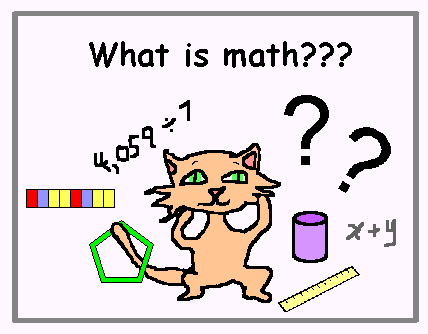Today I completed the Online Maths Assessment and must admit I am quite shocked with my results. I decided to tackle the assessment after reading Liping Ma’s theory that where there is a gap in teacher’s knowledge there will be gaps in student’s learning. I wanted to reinforce my belief that I had a firm grasp of the basics in mathematics but in actual fact this test highlighted to me that although I understood the questions and got the correct answer for 80% of the test, I couldn’t explain why I came to the answer or the reason for my working out. This is important as to have a profound understanding of fundamental mathematics you must first be able to do the maths and be able to explain how and why you came to your conclusions. I clearly have some mathematical knowledge however I could not yet describe my knowledge as profound. Exploring different theories, mathematical ideas and teaching points, and in turn developing my own knowledge of fundamental maths will result in me becoming more confident, and a more competent teacher in the future.
Liping Ma also explores the idea that Chinese teacher’s improve their maths ability through discussion with other teachers, taking on and developing ideas from students and finally practicing mathematics themselves.
Over the time of this course I hope to explore some of the theories cited in Liping Ma’s book, but also other theorists who have impacted the mathematical field.
Reference: Ma, Liping. Knowing And Teaching Elementary Mathematics. Mahwah, N.J.: Lawrence Erlbaum Associates, 1999. Print.

 ’s input my basic understanding of mathematics was the ability to use numbers to solve a problem or equation. However, maths is so much more than that. Maths involves many different key elements such as shape, size, patterns, and more which
’s input my basic understanding of mathematics was the ability to use numbers to solve a problem or equation. However, maths is so much more than that. Maths involves many different key elements such as shape, size, patterns, and more which throughout school. We sat down, opened our textbooks and listened to the teacher for some of the lesson and then were suddenly expected to have grasped the new concept and begin working through questions simply by listening and watching someone else solve a problem. Du Satoy’s article makes me question why did we never challenge maths in school? When told a rule for mathematics as a class we just accepted that that was the rule and there could be no other way. We would never question why. Perhaps this dulled our perception of maths in school too, the fact that we were taught not to question what we were told leaving us very unmotivated and uninspired.
throughout school. We sat down, opened our textbooks and listened to the teacher for some of the lesson and then were suddenly expected to have grasped the new concept and begin working through questions simply by listening and watching someone else solve a problem. Du Satoy’s article makes me question why did we never challenge maths in school? When told a rule for mathematics as a class we just accepted that that was the rule and there could be no other way. We would never question why. Perhaps this dulled our perception of maths in school too, the fact that we were taught not to question what we were told leaving us very unmotivated and uninspired. matics that is often left out of the “unadventurous curriculum” when in reality the discovery of fundamental mathematical principles were crucial in key historical moments. Without maths the Egyptians would not know how much stone was going to be required to build the pyramids in Giza. I had never thought of the endless creations that would have never happened if it wasn’t for the art of mathematics. I must admit that throughout High School I was always left wondering “when am I ever going to use maths?” Maths is all around us, without a basic understanding of mathematics we would struggle to survive everyday life. Mathematics opens doors to discovery and is full of potential breakthroughs and opportunities that could make the difference to the world.
matics that is often left out of the “unadventurous curriculum” when in reality the discovery of fundamental mathematical principles were crucial in key historical moments. Without maths the Egyptians would not know how much stone was going to be required to build the pyramids in Giza. I had never thought of the endless creations that would have never happened if it wasn’t for the art of mathematics. I must admit that throughout High School I was always left wondering “when am I ever going to use maths?” Maths is all around us, without a basic understanding of mathematics we would struggle to survive everyday life. Mathematics opens doors to discovery and is full of potential breakthroughs and opportunities that could make the difference to the world.